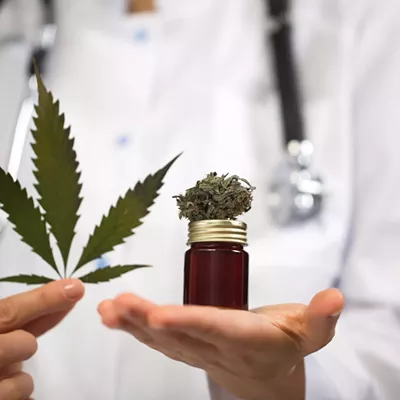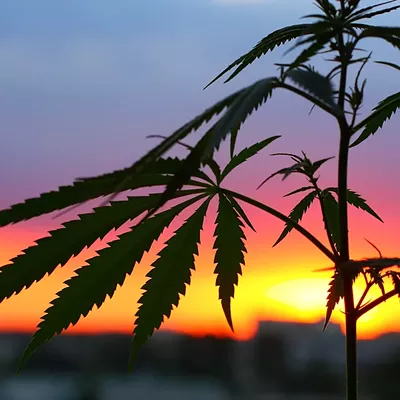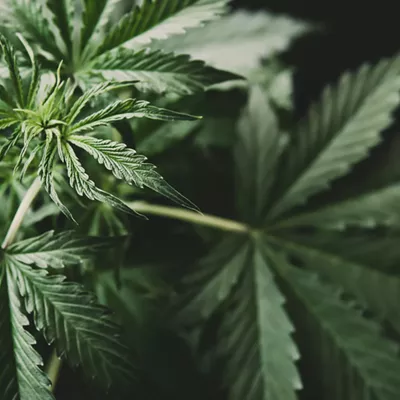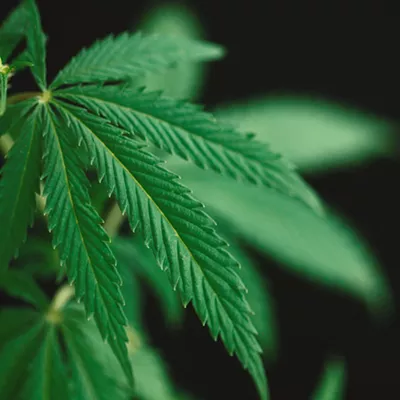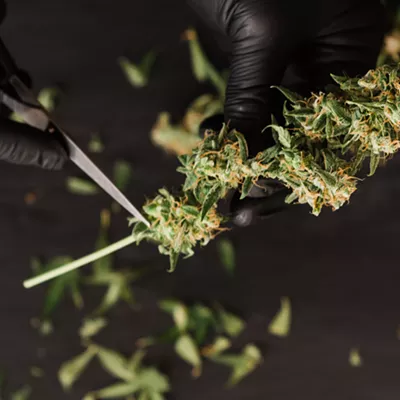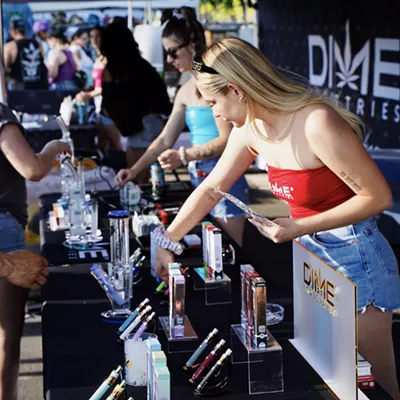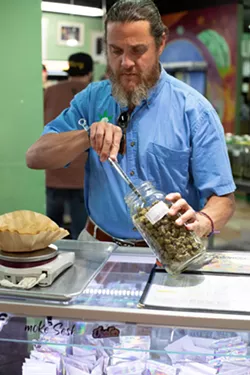
In the past 30 years, there have been changes in the state’s legal cannabis markets and the public perception of it. It’s a unique intersection of commerce, regulation and culture.
Quality of cannabis flower and genetics has deteriorated in state legal markets for a handful of reasons. Many state markets began with just a few strains. Licensees of limited cannabis experience, especially at the scale currently claimed by the industry, found cultivation to be trickier than once thought.
Breeding is done without the time and care to stabilize genetics. This leads to rapid degeneration of the mother plants used to propagate commercial size batches asexually.
Products in the packaged labeled goods segment of cannabis have diversified exponentially and gained in quality and consistency.
Loss of hippie and Rasta culture marginalizes the old guard and distances the current industry from its roots. For several generations, those who participated in the production or distribution of cannabis were criminals. Some were convicted, and others with more luck, better lawyers or perhaps more street smarts kept their heads down and took calculated risks.
The single most important benefit to state legal cannabis’ emergence is less people are going to jail for a plant. There is a substantial “gray” market for cannabis, which uses legal cannabis operations and real licensing as a cover for their covert operations in the black market. This means a black, gray and legal market all operate in the same space.
In a broader sense, this oversupply kills market price through saturation and the race to the bottom — for a while, anyway. Many legal cannabis producers will be driven out of business, because they will be selling products at a very small profit — if they are able to find a buyer at all. Operations with vertical integration will have a huge advantage and survive. Producers without a guaranteed path to the retail market will face ever-declining markets until it’s just not fun anymore and they cease operations.
The state-mandated quality assurance testing is costly, but it ensures that unclean, poorly handled or adulterated product does not hit the shelves.
In the days of fentanyl, this peace of mind is priceless. If fentanyl-laced weed sounds like crazy talk, it happens. A family close to mine lost their uncle recently when he was given such adulterated cannabis. This is senseless and tragic, and my condolences go out to all those who loved Sergio.
One issue that should be addressed is that there are no consistent standards across all state markets. State regulations require different components and methodology. Some of this regulation is poorly crafted and has unintended consequences. This all makes it expensive for an operator to have a wide range of products or to sell clones for would-be gardeners. Making specialized products that only a few people will buy or need becomes cost-prohibitive.
Regulations about marketing and product names are interesting to look at through this old way vs. new way lens. In the old days, all cannabis activity was illegal, so what’s a little trade name infringement when you are already committing intrastate drug trafficking felonies. Modern cannabis regulations often restrict marketing that could be appealing to children.
Mainstream brands have taken action to prevent their trade names being used as strain names. These names tell a story, like a family tree. Plus, it’s fun. Adults like candy and cartoons and to have fun. We would do better to have honest communication with our children and explain cannabis is an intoxicant and it is not wise to consume it under the age of 25 because of ongoing brain development.
When state markets adopt a free-market approach to licensing, there are so many operators that the size of their operations is modest. This small-market share makes it impossible for them to scale or to invest in the best equipment. Operators in this situation cut a lot of corners; some shift to the illicit market to have revenue.
It used to be that cannabis growers made all their money at harvest time, and they might have lavish hippie Christmas with garbage bags of cannabis to share with their friends. Instead, we keep under our purchase and possession limits and wait for the lab to bless product and label it for sale.
These days, CEOs of huge cannabis companies are not even consumers familiar with their product. They are in it for the money, not for the love — that’s the real problem. Corporate America wants to commoditize cannabis and to take it away from the old guard who created the culture.
Over-regulation and, in some cases, corruption make it impossible for the little guy to participate. It is important for all of us to consider our purchases carefully for all goods. It is wise and responsible to give our money to local business that have values in line with the world we want to live in.


